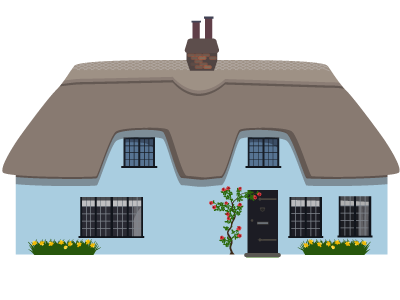The Charm and Challenges of 17th Century Houses
Dreaming of owning a piece of history? 17th-century houses offer undeniable charm – think exposed beams, cosy fireplaces, and a unique character not offered by modern residences.
Before you get swept away by the romance and rustic charm, it's crucial to understand the potential challenges that come with these architectural gems.
Most of these houses will be listed, and if your C17th property contains historically significant furniture, this may be protected by English Heritage, in addition to any listed building protections managed by the local authority.
What are 17th-century houses?
Built between the late 1600s and early 1700s, these traditional English homes transitioned from the Tudor period (ending 1601) and its elaborate style to the Georgian era known for its symmetry.
Often found in rural areas and nestled within picturesque villages, they're known for their:
- Compact size and low ceilings – perfect for creating a cosy atmosphere.
- Thick thatched roofs – add to the charm, but require regular maintenance.
- Exposed wooden beams – a hallmark of this era, adding a rustic elegance to the interior.
- Architectural details - stone or brick walls, tight stairwells, open window seats and welcoming fireplaces.
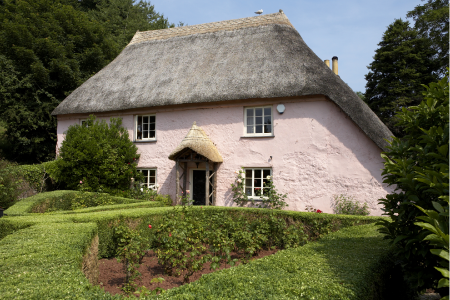
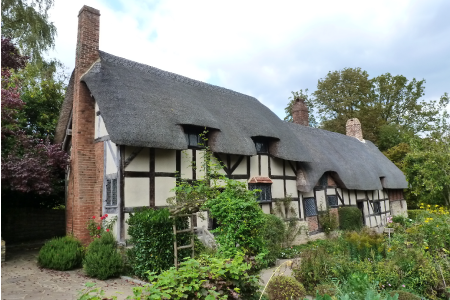
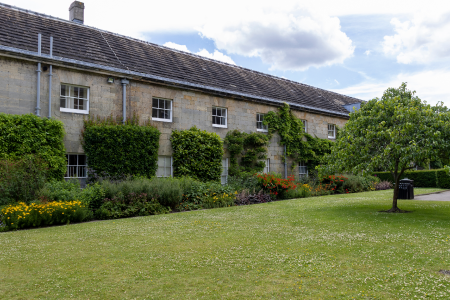
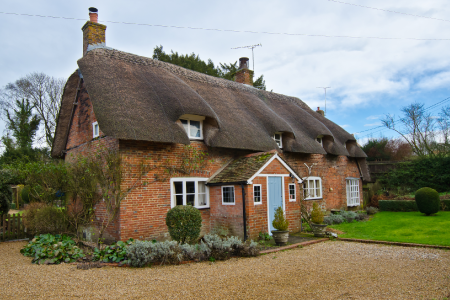
Potential challenges of owning a 17th-century house
While captivating, 17th-century houses have witnessed centuries of changing weather patterns, evolving building practices, and potential alterations. The issues associated with these properties will be due to how long ago they were built and the degradation of materials.
Here's why a professional survey is vital before you fall head over heels for what could be a charming facade:
- 1
The passage of time
Materials degrade naturally over time. A hidden gem could conceal issues like crumbling brickwork, deteriorating chimneys, or outdated electrical wiring. You can often find weathering of the pointing to the chimney, ridge tiles, and perimeter. A survey helps identify these problems so you can make informed decisions.
Window frames can rot over the years, and replacements made over the years may be faulty.
Foundations are frequently missing, and when combined with flawed drainage and faulty pipes, 17th-century homes can experience subsidence, especially in areas with clay soil.
Your surveyor might recommend you get a structural engineer to carry out a subsidence survey.
In our recent survey, 16% of homeowners found defects; including 2% who were able to pull out of a bad purchase, 7% who were able to negotiate a better price, and sadly, 7% of homeowners who did not get a survey and discovered defects after the purchase.
12 of the 39 who remembered how much these defects cost to remedy spent over £5,000
Don't burn your money, book a survey.

- 2
Outdated building regulations and practices
Construction methods and materials used in the 17th century differ vastly from modern practices. Original stone builds may last well, but pointing may be an issue, and the settlement may make lines crooked. A survey can uncover problems like missing damp-proof courses, inadequate foundations, or structural concerns that require attention.
Damp-proof courses were not commonly laid until the 1770s and would have been added during periodic improvements of these properties. Bad workmanship can mean rising damp problems.
The original construction might not have included any specific drainage features, or at best, it might have had primitive ones. Drainage systems have probably been installed over time during renovations. These systems often deteriorate, even if they were well-constructed initially.
- 3
Modernisation
Balancing the historical charm with modern comforts can be tricky. A survey might reveal limitations of electrical capacity, plumbing systems, or insulation, helping you plan potential upgrades while respecting the house's character.
Problems may occur when the original ceiling is made of lath and plaster, while refurbished sections may be plasterboard. This can lead to cracking at the junction of the two materials.
- 4
Listing and Conservation
Most homes built between 1700 and 1840 are listed. This means they are legally protected for their special historical interest. You will face restrictions when it comes to maintaining, repairing, renovating, or even redecorating your home, which may include outbuildings, garden features, boundary features, driveways and gates.
Breaching these protections is punishable by prison time and an unlimited fine.
Why a Level 3 Home Survey is your secret weapon
Purchasing a 17th-century house is an exciting adventure, but approach cautiously.
Imagine a comprehensive report that reveals the strengths and weaknesses of the home. A Level 3 Survey provides an in-depth assessment, identifying potential structural problems, damp issues, and other defects that might not be noticeable.
Knowledge is power, especially when it comes to negotiating. Knowing the potential repair costs identified in the survey allows you to negotiate a better purchase price, ensuring you secure your dream home at a fair price.
Avoid post-purchase surprises that drain your wallet and peace of mind. A thorough survey allows you to budget for repairs and enjoy your historical home.
Choosing the right survey for your needs
Given the age and unique construction of 17th-century houses, a Level 3 Home Survey is strongly recommended as the most comprehensive option. However, depending on the specific property and the findings of the Level 3 Survey, additional surveys might be recommended:
- Timber Survey: If the house has significant timber framing, a timber survey provides a detailed assessment of the wood's condition, identifying potential rot, insect infestation, or treatments needed to ensure the structural integrity of the timber frame.
- Thatched Roof Survey: Thatched roofs demand a lot of love, requiring specialised care and regular maintenance. A thatched roof survey by a qualified surveyor can assess the condition of the thatch, identify any areas needing repair, and advise on the roof's lifespan and potential future maintenance costs.
While a survey adds an initial expense to the buying process, the cost of repairs could significantly exceed the initial survey investment.
Don't let hidden issues spoil your historical haven
Our comprehensive Level 3 Survey will unveil the true potential of your 17th-century home, allowing you to embrace its charm and character with peace of mind.
We've got a nationwide panel of RICS-accredited surveyors available to help you.
Andrew started his career in 2000 working within conveyancing solicitor firms and grew hands-on knowledge of a wide variety of conveyancing challenges and solutions. After helping in excess of 50,000 clients in his career, he uses all this experience within his article writing for SAM, mainstream media and his self published book How to Buy a House Without Killing Anyone.
Caragh is an excellent writer and copy editor of books, news articles and editorials. She has written extensively for SAM for a variety of conveyancing, survey, property law and mortgage-related articles.

